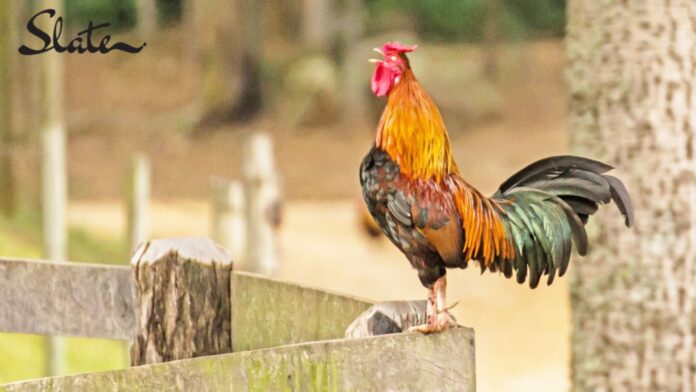By Eleanor A. Sangma
Meghalaya remains one of the few regions in the world with surviving matrilineal societies, the A·chiks being one of them, where kinship is traced through the mother’s lineage, and the property is traditionally passed down to the youngest daughter.
Rights and respect, women have it all in theory.
Seemingly to stay true to this idea, in times of yore, A·chik ancestors followed the tradition of chawari sika or groom capturing.
Most weddings go, “I take thee to be my lawfully wedded wife.” But, no, Sir! Our forefathers were different. One word from a woman and her uncle and brothers would actually capture the chosen groom for her.
Ripseng Sangma from Wa.tregre, West Garo Hills, is one such individual who has captured a groom for one of his sisters before. Recalling the incident, he said, “The man had refused initially. But after three years, he accepted and came back to her.”
This form of marriage was rarely done in a day’s time, but often took months and years because the grooms kept running away.
The whole ordeal starts at first sight, or possibly the first few sights. A woman catches a glimpse of the man of her dreams and wants to start a family with him, which is totally acceptable. However, what comes next might take many by surprise.
Without a mutual agreement or any prior romantic relations, she tells her family of her desire to marry the man.
“The men in the family will then capture the groom, whether he is at home, on his way to the market or in the middle of a fun game with the boys,” Sangma said, adding that the groom is informed of the intentions, but he does not know when exactly they’ll come to capture him.
Following the capture, he is taken to the woman’s house and kept in confinement with her. If the guy is reluctant, he is let go for the time being. Rinse and repeat the same. After the third time, if the man still refuses the woman, they give him his freedom back.
According to old Garo traditions, two individuals are considered married after the ritual of do.sia has been performed. Done by a priest, the ritual involves fowls and consulting the omen in regard to the union. The woman is struck on the back by a hen, the man by a rooster, followed by incantations. The priest then proceeds to pull off the heads of the fowls and throws them on the ground.
If the beak of the rooster points toward the woman and the hen toward the man, it is considered a good omen.
This is followed by janira nia or do·biknia. In this ceremony, the rooster plays a crucial role. An incision is made in its stomach, and its entrails are drawn out. “On holding them out, if the entrails hang together, it’s a match made in heaven. If they’re apart, that suggests a tumultuous marriage,” Sangma said.
Additionally, after the bird has been cooked, the entire leg part of it is served to the groom by the bride herself.
The woman goes to live at the groom’s house for a while, staking her claim on the man.
During her time there, she will do whatever it takes to secure a piece of his clothing, which is called sakki – witness or evidence – and bring it with her back home. It serves as a witness to their union, a way of saying, “As long as I have a piece of him with me, no one else has any right to take him away.”
Cue, the other woman.
Amidst all this, if the man gets involved with another woman, her family has to pay a fine called dai of Rs 60.
In the end, if either or both of them want to separate, the woman can go back to his house and leave the piece of clothing, declaring that her husband is now a free man. “It’s our own version of a divorce,” Sangma emphasised, adding that such practices differ from region to region.
In its own twisted way, the practice of groom capturing was a form of women empowerment. Having the right to choose her own husband, stake a claim on him, and be compensated if things go wrong, the ball was entirely in the woman’s court.
With the advent of Christianity, many traditions and rituals of our tribes have faded into oblivion.
While grooms are no longer captured, the ritual they hold really close to them even till today is do.biknia. “If people from Tura visit someone they know in these regions, they are willing to perform this ritual for them and tell them whether they make a good match with their partner or not.”
In modern times, the power of choosing one’s partner is placed on both parties.
The one aspect of this old tradition that has carried over to the modern era, however, is the role that the patriarch plays in the marriage process. In a meeting of the two families soon to be bound by marriage, it is the brothers of the woman and her maternal uncles who take the initiative of confirming the union.
Some people might be uncomfortable reading this story. However, our values are not the same as it was back then, and they definitely won’t be the same several years from now.
The world is constantly changing, and with it, societal and cultural norms. Things such as instinct and morals never stay the same, and that is the only constant we can count on. Even our basic rituals seem to have a validity.


